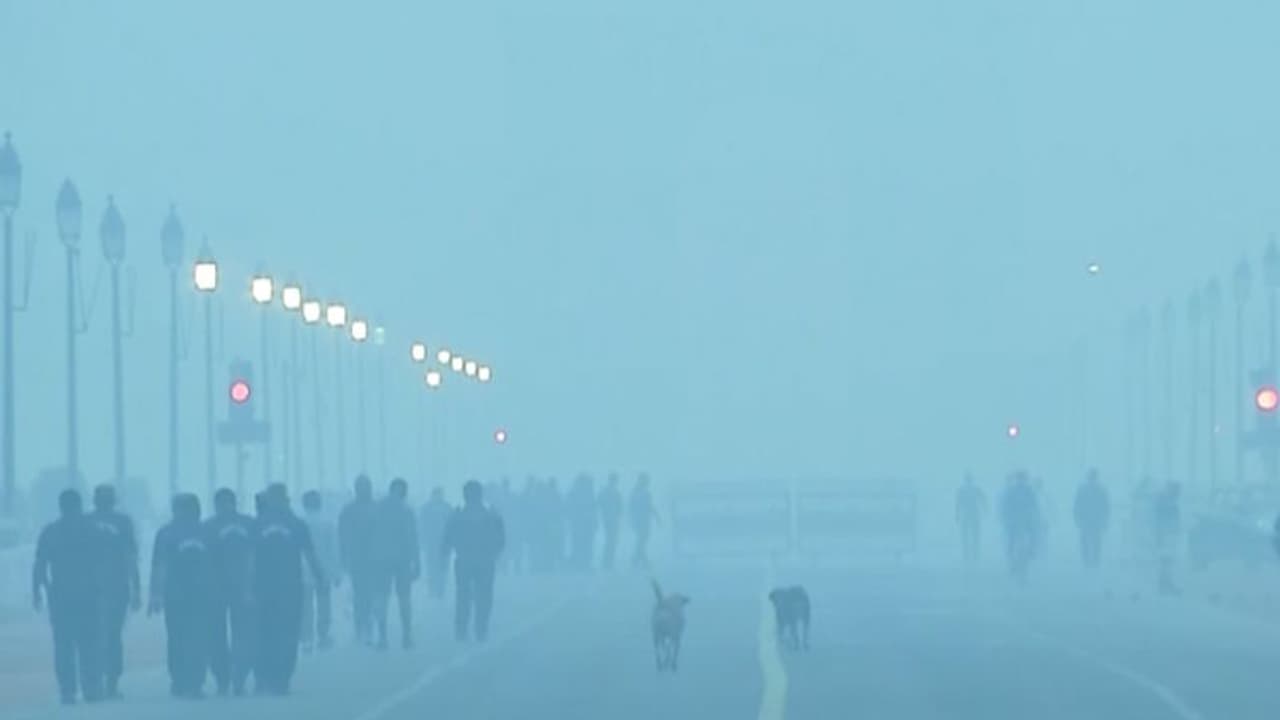According to reports, the Air Quality Index (AQI) recorded in Lodhi Road in Delhi was 218 (PM 2.5) and 217 (PM 10) today (November 17) morning. Mathura Road registered a figure of 304, IIT Delhi docked at 324 and Airport Terminal 3 at 315
New Delhi: According to System of Air Quality and Weather Forecasting And Research (SAFAR), the overall air quality in Delhi continued to remain in "very poor" category for the second consecutive day on Sunday (November 17).
The overall Air Quality Index (AQI) in the national capital was recorded at 365, which falls under the "very poor" category. The AQI between the range of 51 and 100 is considered as satisfactory; 101-200 is moderate; 201-300 falls under the category of poor.
While 300-400 is considered as "very poor" levels between 401-500 fall under the "hazardous category".
The AQI recorded in Lodhi Road in Delhi was 218 (PM 2.5) and 217 (PM 10) on Sunday morning. Mathura Road registered a figure of 304, IIT Delhi docked at 324 and Airport Terminal 3 at 315.
The spike in air pollution in the national capital is primarily due to insufficient rainfall and low wind speed.
Residents of Delhi have been severely affected by the poor air quality.
Locals, especially the middle-aged people, complained of breathless and fatigue, and have urged the government to take requisite measures to combat the menace.
According to a cardiologist at Ram Manohar Lohia Hospital, Dr Tarun, there has been a 10-15% rise in patients suffering from cardiovascular disease in the past few days after Delhi's air pollution levels rose sharply.
"People should remain indoors and increase uptake of antioxidants which are found in fruits. Whenever one has to go out, then the usage of an N95 mask is mandatory because it is the only mask that protects from PM pollution. People should improve the environment at the homes by having some plants like money plant, snake plant, etc. Finally, if it is affordable, then air purifiers should be used in the homes," the doctor added.
During the winter season each year, most of Northern India suffers from a spike in toxicity in the air due to the change in weather and crop residue burning in the neighbouring states of Haryana, Punjab and Uttar Pradesh.
